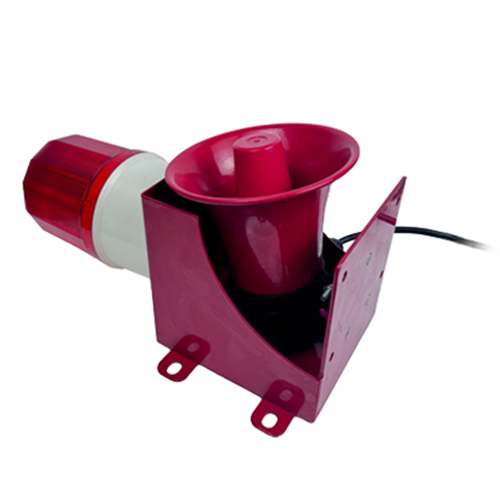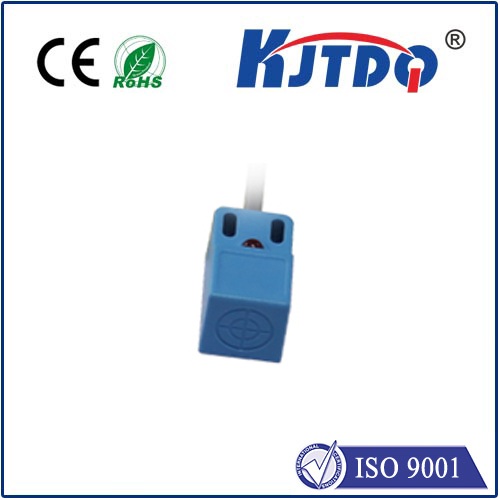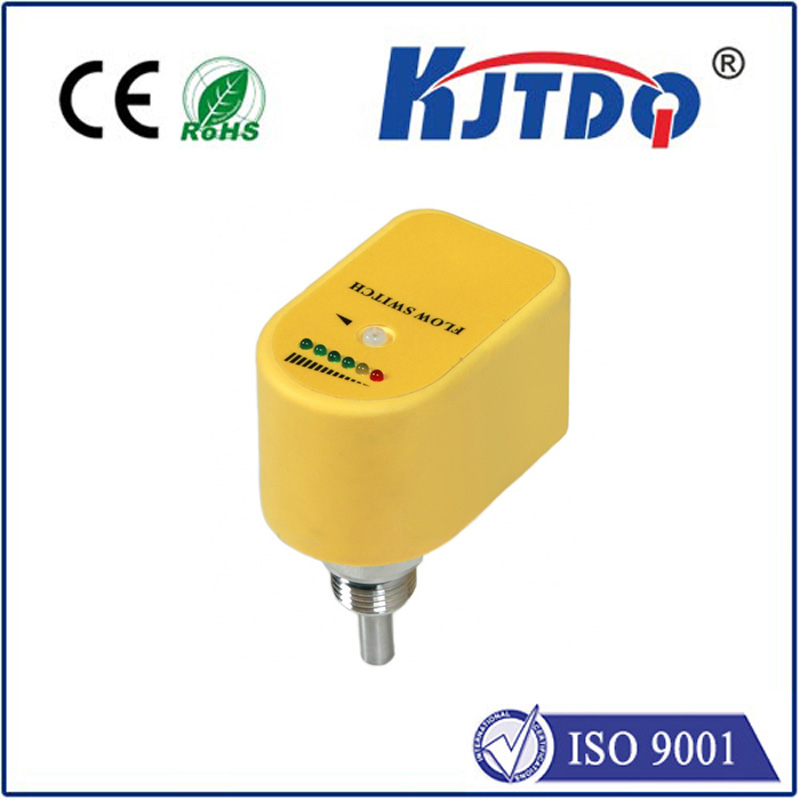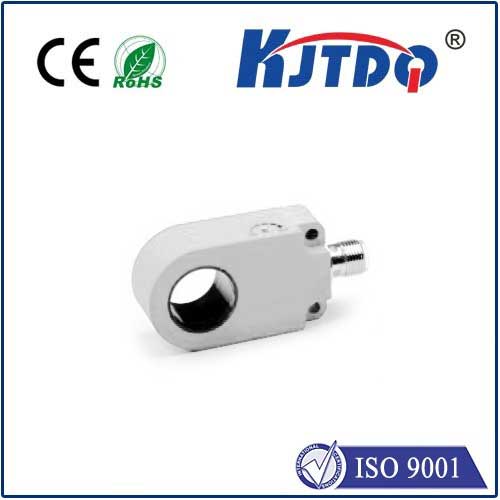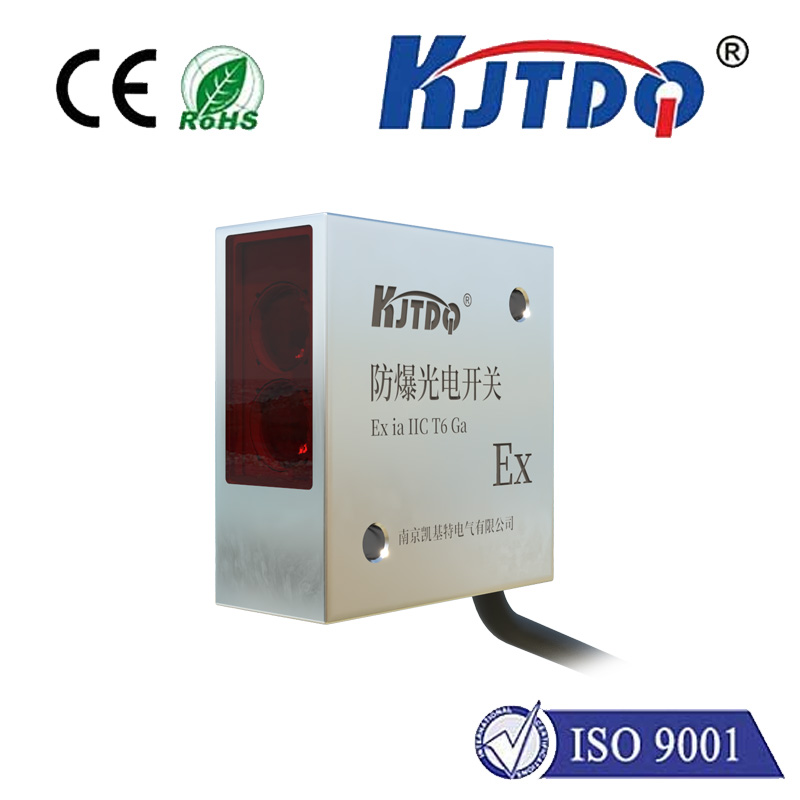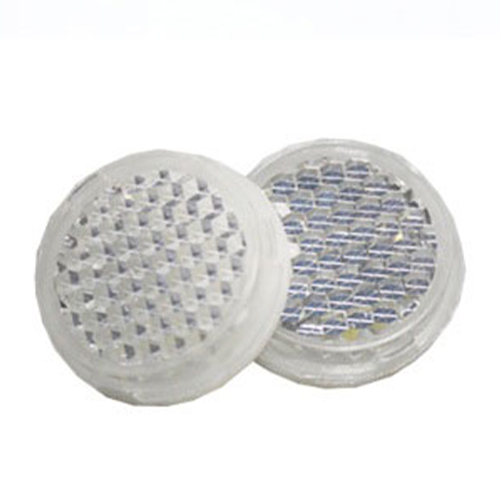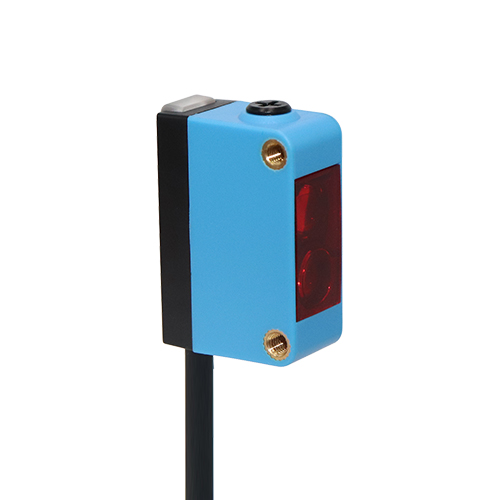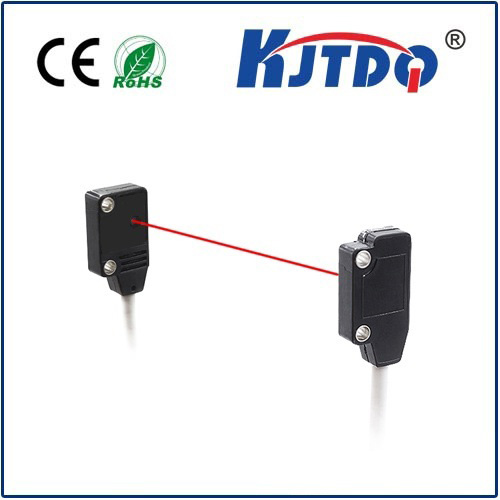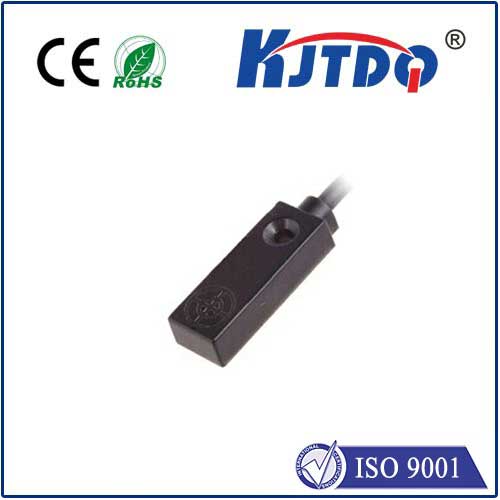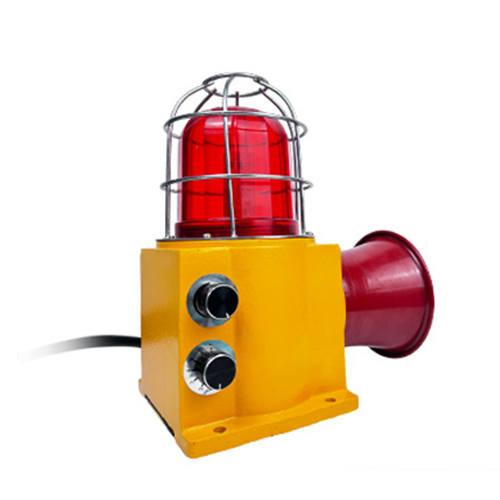

check

check

check

check

check

check

check

check

check

check
Title: The Role of Reflective Photoelectric Sensors in Modern Industry
Introduction:
Reflective photoelectric sensors have become an integral part of modern industry, revolutionizing the way we monitor and control various processes. These sensors are designed to detect the presence or absence of objects by emitting light and measuring the amount of light reflected back. In this article, we will explore the different applications of reflective photoelectric sensors in various industries and discuss their benefits.
Applications in Manufacturing:

In manufacturing, reflective photoelectric sensors play a crucial role in quality control and process automation. They are used to detect defects in products during production, such as misaligned labels or missing components. Additionally, these sensors can be employed to count items as they move along a conveyor belt, ensuring that inventory levels are accurately maintained.
Benefits in Automation:
Reflective photoelectric sensors offer numerous benefits when it comes to automation. They provide high-speed detection, making them ideal for use in assembly lines where products need to be quickly sorted or inspected. Furthermore, these sensors are highly reliable and durable, ensuring consistent performance even under harsh industrial conditions.
Use in Retail:
Reflective photoelectric sensors also find widespread use in the retail industry. They are commonly used in self-checkout systems to detect the presence of products being scanned. Additionally, these sensors can be employed to monitor inventory levels, ensuring that shelves are always stocked with the necessary products.
Conclusion:
Reflective photoelectric sensors have become an essential tool in modern industry due to their versatility and reliability. From manufacturing to retail, these sensors help streamline processes, improve efficiency, and enhance overall productivity. As technology continues to advance, it is likely that we will see even more innovative applications for reflective photoelectric sensors in the future.
